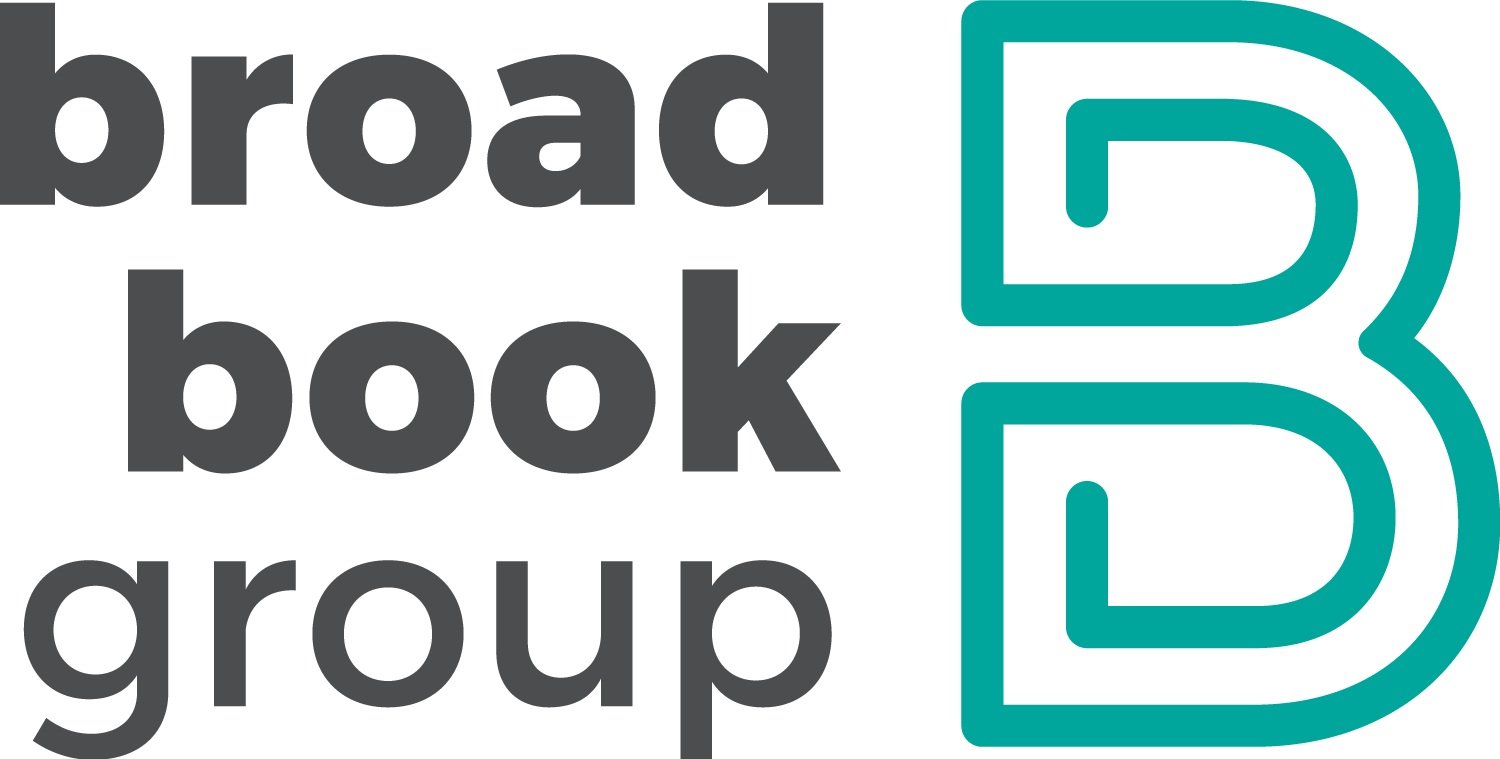Map Your Book Outline in 5 Steps
You've got the idea. You know what you want to write about. You are the subject matter expert in your field. But now the big question looms: How do you write the book? Where do you start?
If you are a planner, as many experts are, then you certainly have a way that you like to map out your ideas. Maybe you're a list maker. Maybe you're a mind map drawer. Or maybe you like a good, old-fashioned outline, like the one you were taught how to write in college or in high school. No matter how you like to organize your thoughts, creating a plan for your book as a benefit to you. Why? Well for starters it gives you a roadmap. It gives you a direction to go for your book. And if you're writing a nonfiction book in particular, having a clear-cut map for how you create that book is vitally important. After all, you're taking the reader on journey. And while the road less traveled is often a very fun ride, sometimes you just need a good map to reach your destination.
To begin mapping your book outline, first you need to answer this question: What kind of mapper am I ? Am I a visual learner or am I kinesthetic learner? That's a fancy way of saying do I remember and learn best from drawing and from using pictures or am I more of a list maker who must tactically write things down for them to stick in my brain? Once you figure that out, you can decide if you're going to draw a mind map or if you're going to use an outline to map out your book. Here's the good news: The concept is the same no matter how you put it down on paper. Ultimately, you're drawing a map that connects your main idea to the claims you're making, and finally connecting those to the evidence that you're using to support those claims.
Here are some top-level suggestions for how to map your book outline:
Firm up your main idea. If you remember taking a writing class in high school or college you might remember the term “thesis statement.” This is really what you’re doing here. You're saying in a very short way (elevator pitch style) what the main idea of your book is. What's the message? Spend some time to clearly identify that first.
Next, think of the primary claims that you're going to make about your main idea. Again, this is derived from what you may have learned in a writing course in college or high school. Ultimately these main ideas are going to turn into your chapters. Ask yourself: what are the big points I want to make? How do I want to divide those up?
Once you've determined those main ideas - which will ultimately be turned into your primary chapters- you can then start to think about subsections for each of those. Keep in mind that a chapter isn't a monolith. You're not going to write about just one facet of that main idea, you're going to write about all of the smaller topics that go under it. Think of your chapter concepts as umbrellas, and think of the subsections or the headings as little people standing under that umbrella. Those subsections, those little people under the umbrella, are going to stay gathered together under the support of that main idea.
Once you have the basic structure of chapters and headings in place, you'll want to think a little bit about supplementary material that you wish to add to those chapters. Think about all of the really great topics that you have that relate to each chapter topic and ask yourself if they should be subsections or, if they're interesting enough to include but may not be directly related to your narrative. Those will ultimately become tips and sidebars in your book. They are interesting asides, but not vital to the source text.
Finally, take some time to begin filling in your evidence points. You want to have a really strong scaffold for the book based on your ideas and the points that you wish to make and evidence must support those claims. What is evidence? Think stats, interviews, quotes, and anything you can show to help drive home your claims. These So these need to do the work of holding up that scaffold. Insert those within your outline or mind map to coincide with the points that you are trying to make in the book.
Once you have this basic outline completed, you can use it as a living document as you work through the process of writing the book. Keep in mind that it's not a static item—it’s a living and breathing thing that can change over time as you make your way through the process of writing the book. It's there to support and scaffold your argument, and it's also there to provide you a high-level picture of where you want the book to go.

